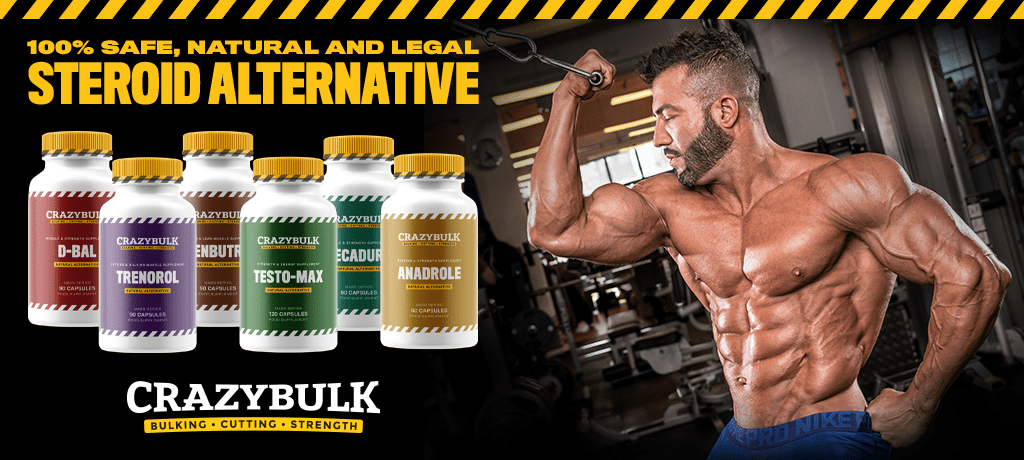Today we are going to discuss muscle soreness!
Why, you may ask?
Because it’s probably what’s holding you back from adding another 5lbs of lean body mass that’s why!
I’m sure many of you know delayed onset muscle soreness (Has an acronym – DOMS), acute muscle soreness (AMS), and the burning sensation that you feel through/during the exercises.
What causes muscle soreness?
In very simple terms, in order to build strength, you must overload the muscle. (Yes, I am being very basic here, but bare with me!) By overloading the muscle you cause micro-tears, and break down the muscle. When the muscle heals, it becomes stronger. Movements that cause muscle soreness have been shown to produce localized damage to the muscle fibers. Chemical irritants such as histamine are released from damaged muscles and can irritate pain receptors in the muscle. Also, muscle damage often causes a slight swelling in the muscle tissue which creates enough pressure to stimulate these pain receptors. However, it has been shown that some swelling may persist even after the muscle soreness has disappeared. So, it is thought the pain receptors either gradually adapt to the swelling or to some other factors present.
Something else worth noting is that it was shown that muscle soreness happens during the eccentric part of lift ONLY (negative lifts). An example would be when you do the bench press: While you are lowering the weight this would be the eccentric movement.
What causes DOMS?
Although scientists aren’t 100% sure at this moment in time what actually causes it, we have a lot to speculate on, it is said (This was shown as a valid statement) that delayed muscle soreness is due to microscopic tearing of the muscle fibers. People who are new to exercise or carry out an exercise programme which is more intense than they are normally used to, more often than not, suffer from DOMS. But not only beginners, a person of any other fitness level can suffer from DOMS too. This can be due to drastically changing your workout routine, or over-loading the muscle with the weight.
In addition to microscopic tearing, swelling may take place in and around a muscle, which can also contribute to delayed soreness. Such swelling increases pressure on the neighboring structures, resulting in greater muscle pain and stiffness. Eccentric muscle contractions tend to cause both microtearing and swelling.
Although your muscles hurt experiencing the delayed soreness, there is no permanent damage associated with DOMS. DOMS ususally happen within 12-48 hours after the workout, and exceeds for 3-5 days. In extreme cases, if that soreness doesn’t go away within 7 days and/or exceeds 7 days, you may need to contact the doctor.
Some people say that muscle soreness is when your muscles grow. This statement is 100% false. Muscle soreness doesn’t in any way have relationship with protein synthesis (muscle growth). However if your muscles are sore it can prevent you from lifting the required weights and to your full potential which in turn leads to smaller muscles.
So, should I train while my muscles are sore or/and experiencing DOMS?
If the muscle soreness is minor, then you certainly should be training. In any other cases when your muscles hurt when you contract them, you should not train, if you do – this might cause over-training. And the only time this is wanted is if you are doing a “planned” over training period.
What causes AMS?
Acute muscle soreness (Has an ancronym – AMS) is experienced during the “pump” of the muscles. It usually disappears within a couple of hours after a workout. It is due to blood over-flow in the muscles. It usually makes our muscle a bit bigger but our muscles take its normal shape after the AMS is over. AMS doesn’t have any relationship with protein synthesis either. Sorry arnold!
What causes lactic acid build-up?
Lactic acid build up is most commonly associated with the intense burning pain felt in your muscles after an intense effort. Recently, a lot of attention has been focused on reducing lactic acid build so you can exercise at a higher intensity for a longer time and improving performance.
For those of you who didn’t figure it out yet, lactic acid build-up also doesn’t have any effects on protein synthesis.
How can I eliminate the DOMS?
Stretch – there’s not a great deal of physiological support for stretching as a way to eliminate the cause of soreness or repair the tissue damage, but it may make you feel better temporarily. The goal is not to increase flexibility, but to take the muscles through a comfortable range of motion.
Move – physical activity tends to temporarily eliminate the muscle soreness after a workout. It may be difficult to begin, but you’ll feel better while you’re doing it. Keep the intensity low.
Massage – muscle massage has received a great deal of support as a way to help muscles recover.
Hot tub it – another popular method for recovery, this brings not only relief but a feeling of relaxation as well.
Evaluate your program – occasional discomfort after a workout is not uncommon. However, severe pain, or intense soreness on a regular basis may indicate that your workout is inappropriate for your body’s adaptation capabilities. Back off on intensity if necessary to ensure you don’t over-train or get injured.
Conclusion
I’ll repeat it again, muscle soreness doesn’t under ANY circumstance have any effect in the slightest on protein synthesis!!!.
And for all of you who has been scared of muscle soreness can forget about the fear. Muscle soreness doesn’t have any negative effects on you unless this soreness exceeds for a long time. An example would be when you need to contact your doctor is when DOMS surpasses 7 days!.

